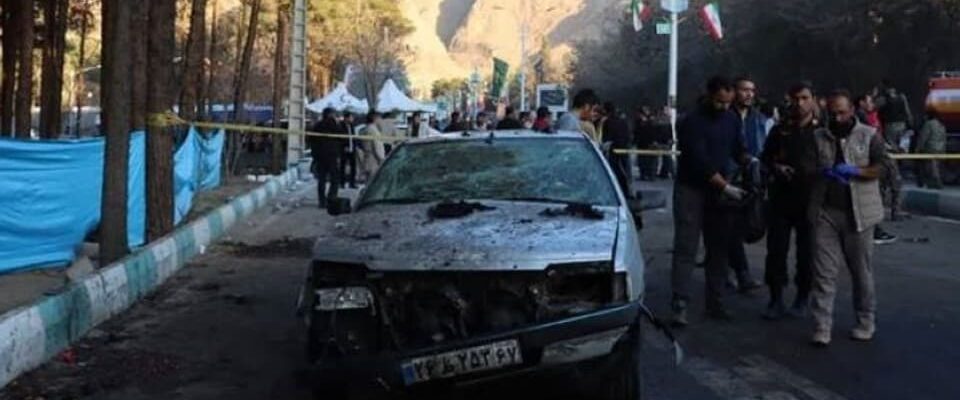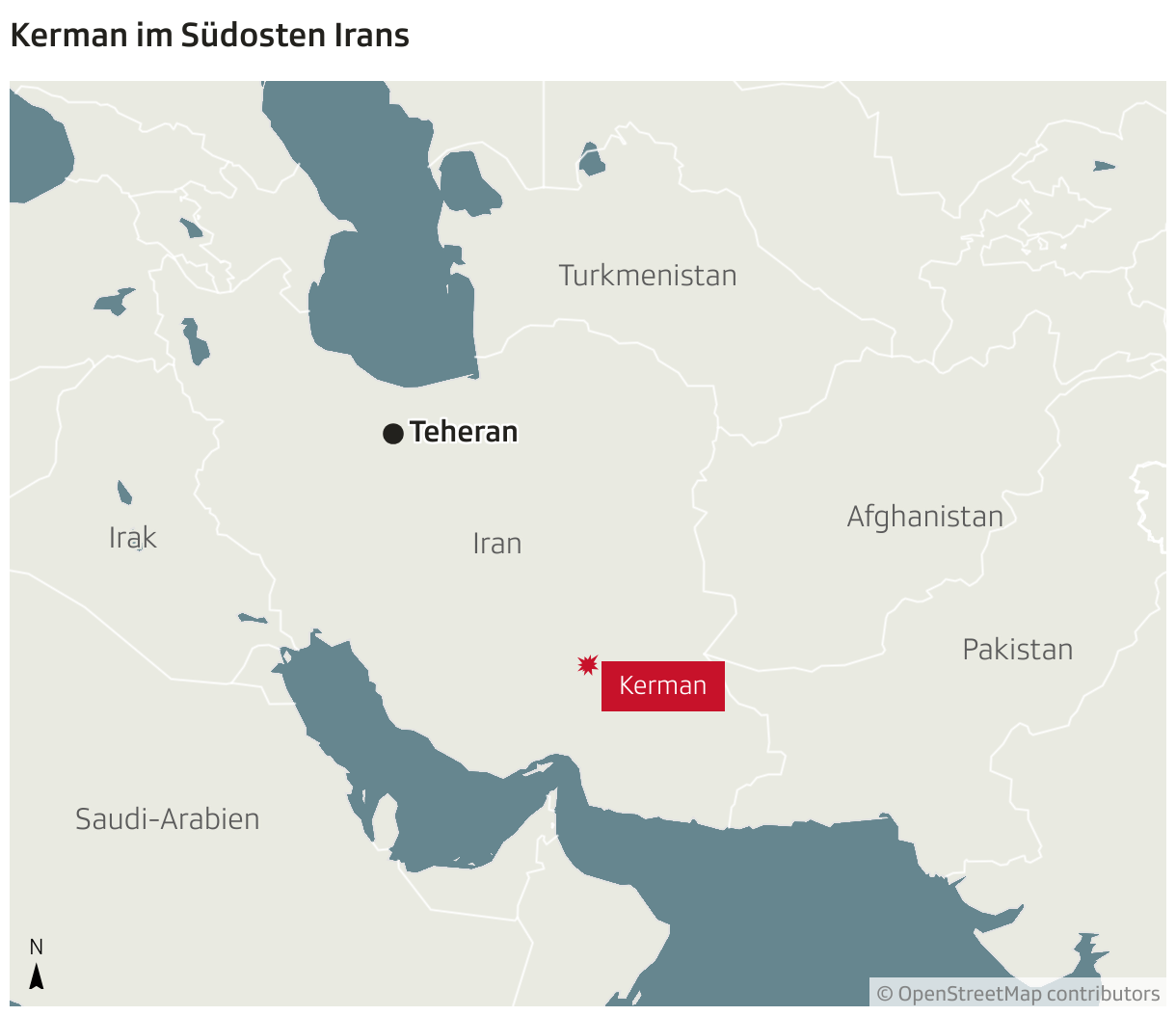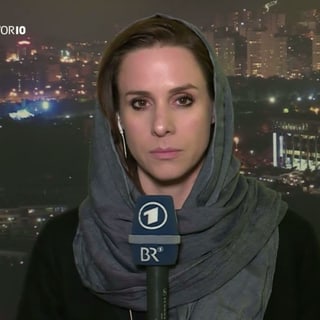Contents
The terrorist militia Islamic State (IS) has claimed responsibility for the attack in the Iranian city of Kerman. The connections between Iran, Suleimani, IS and the West.
Letter of confession appeared: After the attack in the Iranian city of Kerman, in which, according to Iranian information, 84 people were killed and 284 people were injured, a letter claiming responsibility from the Islamic State (IS) emerged. On Thursday, IS wrote on its Telegram channel that it was responsible for the attack. The act of violence took place during a commemoration of the death of Iranian General Kasem Suleimani. He was killed by the USA four years ago.
It almost seems as if IS’s statement of responsibility got in the way of the Islamic Republic.
Iranian government reaction: According to Natalie Amiri, presenter of ARD Weltspiegel and former ARD Iran correspondent, the Iranian government did not show much of a reaction to the letter of responsibility. Shortly after the attack in Kerman, the Iranian government suspected Israel and the USA of being behind it. “It almost seems as if IS’s statement of responsibility got in the way of the Islamic Republic,” says the observer. The letter of responsibility overrides the Iranian government’s accusation of guilt.
Noticeable features of the confession letter: According to terrorism analysts, the letter of responsibility has two special features compared to previous letters of responsibility. Firstly, the IS logo is only available in English, not in English and Arabic as usual, and secondly, only IS is mentioned in general, not a local group. But for ARD journalist Natalie Amiri, it is still entirely plausible that IS carried out the attack. The nature of the attack speaks for IS. “Committing an attack in the middle of civilians is very typical of IS.”
IS supporters hate Sunnis even more than they hate the West.
Suleimani as the main enemy of ISIS: As the former ARD correspondent in Iran says, for IS the main enemy is not the West, but rather the Shiites. “For IS, the Shiites are infidels,” says Amiri. “The followers of IS hate Shiites even more than they hate the West.” This is also why she assumes that IS could be behind the attack in Iran.
Legend:
The attack took place in Kerman, the place where Suleimani lived.
IMAGO/ZUMA Wire/Fars
Suleimani as a former mastermind: General Kasem Suleimani, who was killed by the US using a drone in 2020, was considered the mastermind of relations between Iran and Shiite groups in the wider region, such as Hezbollah, Hamas and the Houthis in Yemen.
Reaction of the Iranian people: A large number of the Iranian population no longer supports the Iranian government. The distrust of one’s own government goes very far, says Amiri: “There was even speculation that the Iranian government itself could be behind the attack.”
Attitude of the Islamic Republic: The government is downplaying the attacks so as not to signal to the population that there is instability. “It is unstable on the part of the population that wants to overthrow this regime.” According to Amiri, the Iranian government is busy focusing on its so-called proxies, namely Hamas, Hezbollah and the Houthis. Proxy means representative in English. The Iranian regime will therefore not allow revenge for the attack to result in a conflagration.


